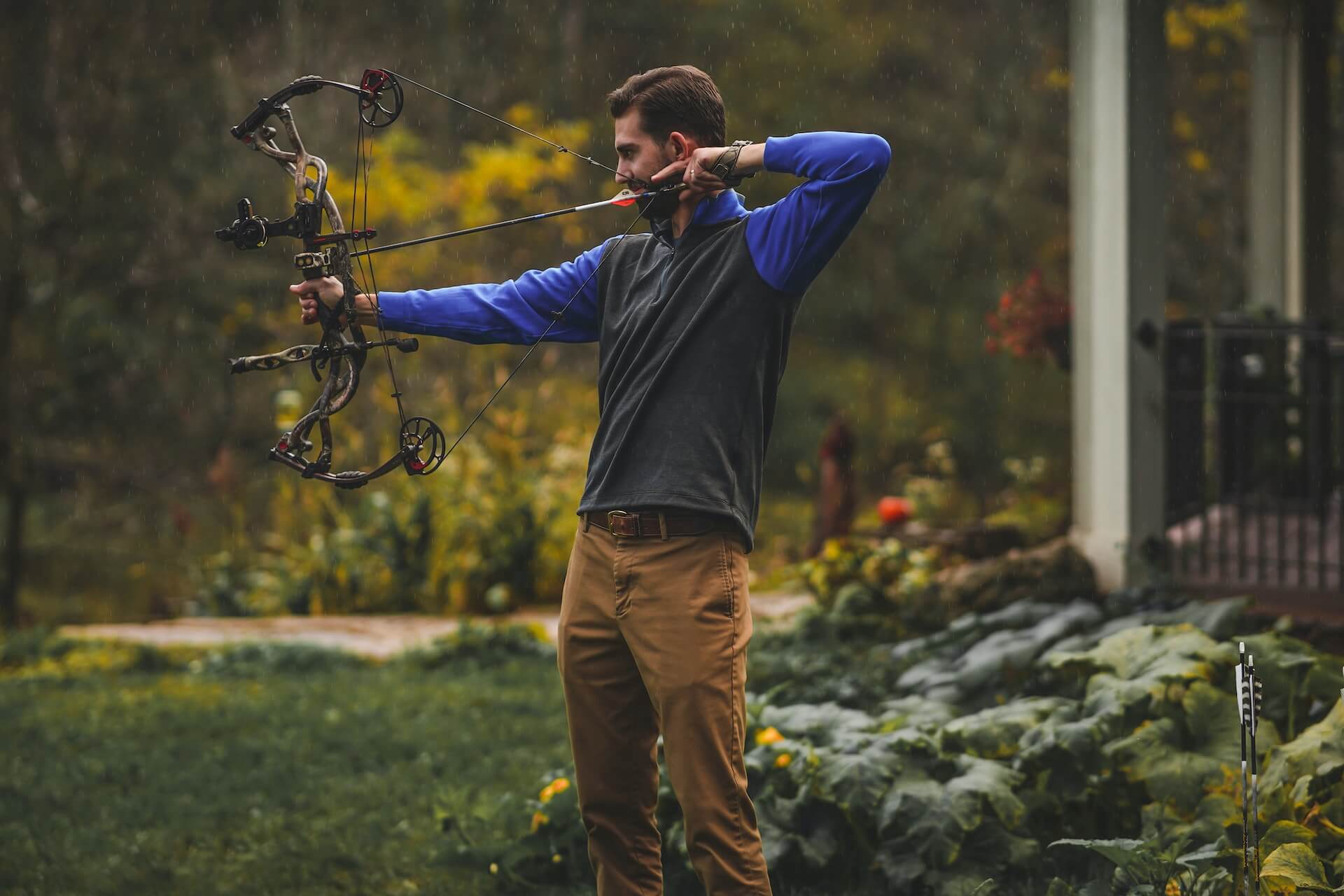How to Pick a Hunting Crossbow
Oct 08, 2019

As an Amazon Associate, Modded gets commissions for purchases made through links in this post.
Hunting season is fast approaching, and it’s time to choose your weapon. If you’d rather get away from firearms but don’t have the strength or the skill to hunt with a compound bow, there’s a middle ground you can enjoy in the form of a crossbow. Here are some tips and tricks on how to pick a hunting crossbow.
Benefits of Crossbows vs. Longbows
If you’re thinking about bow-hunting, a longbow might be the first thing that comes to mind. The problem with longbows is that they require a high level of skill to hit your target every time. You have to be able to maintain perfect shooting form when you draw the bow, regardless of how tired or sore you are after a day of tracking game or hiding in a tree blind.
A crossbow, on the other hand, is simpler to use, even for beginners. If you can handle a .22 rifle, you can handle a crossbow.
Crossbows are also deadlier than longbows, at least when you’re looking at the speed the bolts or arrow can travel. A compound bow can shoot a 364-grain arrow at 289 feet per second. A crossbow, on the other hand, can fire a 400-grain bolt at 385 feet per second, with many topping 400 feet per second.
Choose the Highest Draw Weight You Can Manage
The higher the draw weight of a hunting crossbow, the faster and more accurately you can fire a bolt. Make sure you check your state regulations when it comes to crossbow hunting to determine the maximum draw weight you’re allowed to use. Depending on the state, you can expect to find crossbows that range from 75-125 pounds, while most hunting crossbows tend to top 150-175 pounds. You may find some with more than 200 pounds.
Try out different draw weights and choose the highest you can manage safely. The higher the draw weight, the faster your bolts will fly and the easier your crossbow will be to use.
Recurve or Compound Crossbows?
When you’re choosing a hunting crossbow, you’ve got two options — recurve or compound. Recurve crossbows are more traditional and don’t have any pulleys. They’re easier to maintain, but they’re harder to cock and louder when you fire them. The chances are high that if you miss your aim on the first shot, the sound of your recurve crossbow will scare away your game.
Compound crossbows are faster to load, quieter to fire and are easier to draw at a higher draw weight. Compound and recurve crossbows may have similar draw weight, but compounds will usually be smaller, lighter and easier to manage. The downside of a compound is that if something breaks or fails, you’ll need to take it to a specialist for repairs.
Choose the Best Bow in Your Budget
Ideally, you’ll want to choose the best bow that you can afford. You can get a decent hunting bow for $300-$1,000, or as a kit with arrows, a cocking device and a quiver for $1,500. Remember, as with most things, you get what you pay for. If you’re going to use this crossbow regularly for hunting or practice, invest in something that will serve you well for seasons to come.
How to Pick a Hunting Crossbow
The best thing that you can do when choosing a hunting crossbow is to practice with it, both before you take it out into the field and while you’re out hunting. A crossbow will tend to be more accurate than a longbow and require less practice, making it perfect for beginners.





